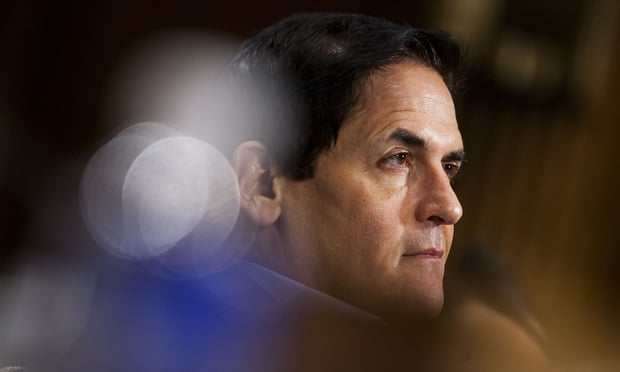Nine in 10 employers now offer Flexible Spending Accounts (FSAs), Health Savings Accounts (HSAs) are picking up steam, and Health Reimbursement Arrangement (HRAs) are slow to get off the launch pad.
These trends are part of "FSA, HSA & HRA Report: Trends & Predictions," a nationwide survey conducted by Flexible Benefit Services Corp. (FLEX) of Rosemont, Ill.
"An overwhelming majority of our survey respondents offered an FSA, which indicates that these plans are the most widely used of the three Consumer-Driven Accounts we studied," according to the report summary. "HSAs were a distant second at 44 percent, but their popularity was more than double that of HRAs, which are only being utilized by 20 percent of employers."
Recommended For You
A closer look at the data shows that FSAs are pushing toward market saturation. "If there's one thing that's clear from our survey results, it's that employers have truly embraced FSAs," the report said.
The writers of the report attribute much of the popularity to recent legislative changes.
In 2013, the Internal Revenue Service determined that FSA participants could roll over up to $500 of unspent funds into the next plan year. The previous "use-it-or-lose" it requirement had been a significant hurdle.
Participation in HSAs has grown steadily since their introduction just more than a decade ago. Defined contributions in private exchanges give employees an economic incentive to opt for lower-premium plans. This growth is expected to increase as the private exchange trend continues.
HRAs were introduced in the late 1990s, but the IRS did not recognize them until 2002. Although they have been slow to gain traction, they are most popular with either small or very large employers. The recent surge in the popularity of HSAs is partly responsible for lagging growth in the HRA market, the authors said.
All in all, the report concluded, the future appears to be bright.
"It is an exciting time in the benefits industry with the Affordable Care Act roll-out providing twists and turns to Consumer-Driven Accounts," the authors said. "In fact, each type of account may be impacted differently by legislative changes or market needs. Nevertheless, the trend from our data and external sources maintains that Consumer-Driven Accounts are here for the long haul."
Businesses have the option of tailoring their offerings to meet employee needs.
"Employers must continue to pool various factors, including political, industry and/or user experience to decide which plan to offer employees," the report said. "What may have been optimal for a company just a few years ago may now be out of date. Whether it be FSAs that have reached significant market penetration, HRAs that seem to have found a niche with certain employer sizes, or HSAs whose growth continues to skyrocket, these plans must be taken into consideration, as they each have earned their rightful place at the table of employers' benefits offerings."
You can download the complete report at the FLEX site.
© 2025 ALM Global, LLC, All Rights Reserved. Request academic re-use from www.copyright.com. All other uses, submit a request to [email protected]. For more information visit Asset & Logo Licensing.








